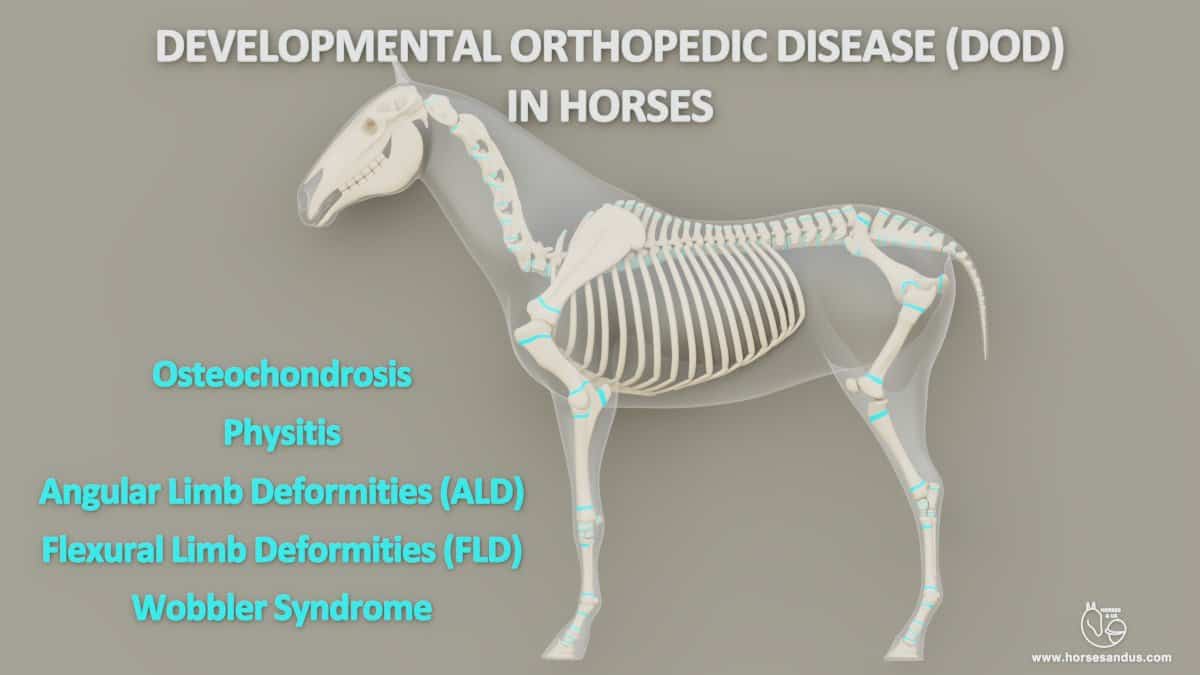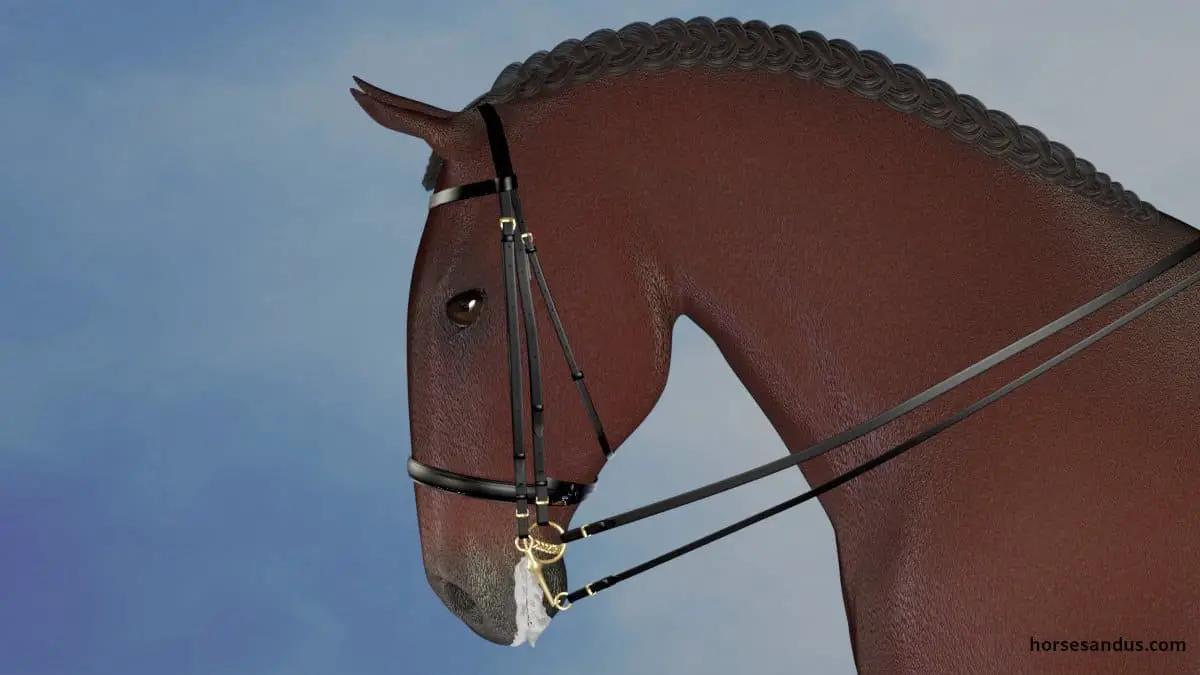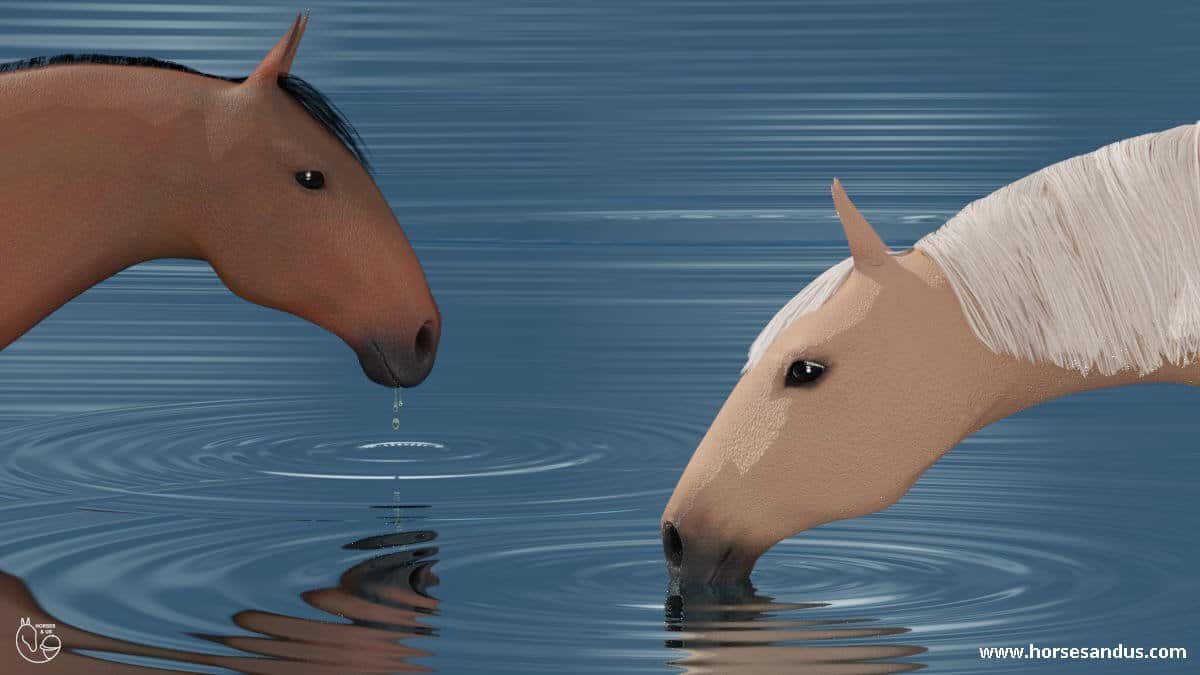It is not very common to see horses wear blankets in the summer, but there are some reasons why blankets are used during the hot summer days. These lightweight blankets are usually called sheets.
In the summer, some horses wear lightweight blankets (also called sheets) for health reasons: to avoid sunburns from the hot summer sun and also to protect them from diseases caused by insects. Other horses wear blankets for aesthetic reasons: to prevent their coat from sun bleaching and to keep it clean for horse shows.
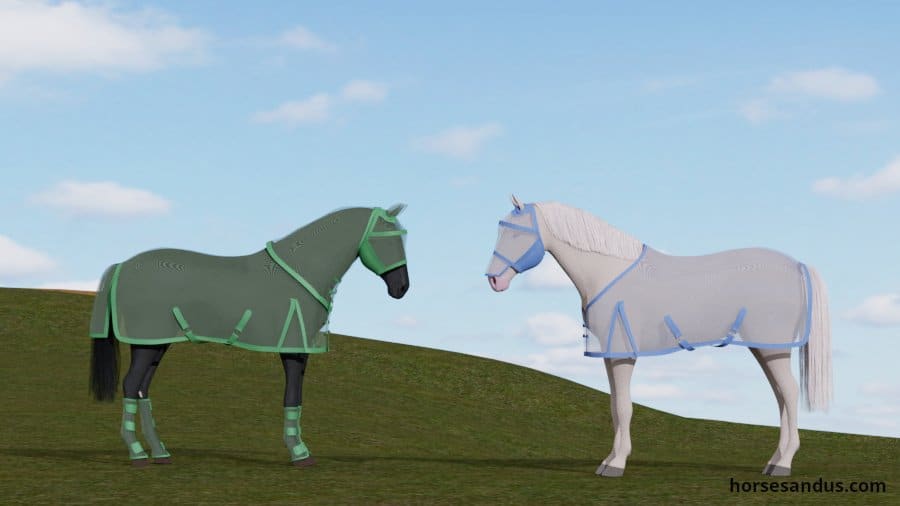
However, for most horses, using blankets in the summer is clearly unnecessary. It may actually be detrimental because even lightweight summer blankets can prevent the horse from cooling down properly on hot summer days.
If you decide that a summer blanket (sheet) is necessary, you should make sure it is the correct size and placed properly to provide the necessary protection.
When Do Horses Need Blankets In The Summer?
The decision to blanket a horse should be considered carefully since horses should only wear blankets in the summer for exceptional reasons.
Summer blankets, usually called sheets or fly sheets, should be lightweight and breathable so that the horse remains as cool as possible. The design and material will be different depending on the purpose for which they are needed.
In the summer there are two main enemies from which horses need to be protected:
- The Sun
- Insects
Horse Blankets For Sun Protection
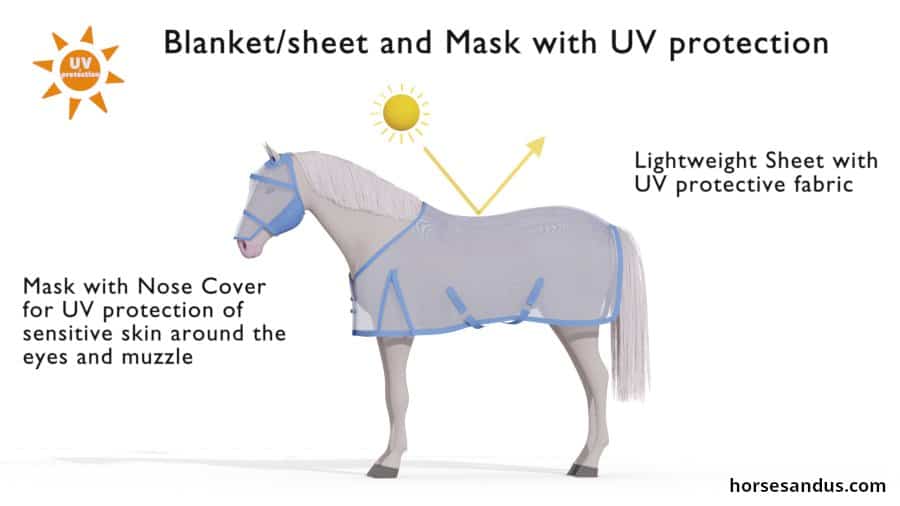
The sun´s UV rays are damaging to the skin and hair.
Both hair and skin have a pigment called melanin that gives them their color and protects them from the dangerous UV rays. However, in the cases of horses with unpigmented skin, this protective barrier does not exist.
Horse Skin Sunburn
- When the sun hits the skin, it produces more melanin that will serve as a barrier and prevent the UV sun rays from reaching the deeper layers of the skin and causing damage like sunburn and other more serious conditions.
- The problem with horses that have unpigmented skin is that the skin does not have the protective layer of melanin. Therefore the skin is vulnerable to damage from UV sun rays.
- This is especially critical in the areas around the eyes and muzzle where there is also no hair to reflect the sun’s rays and shade the skin.
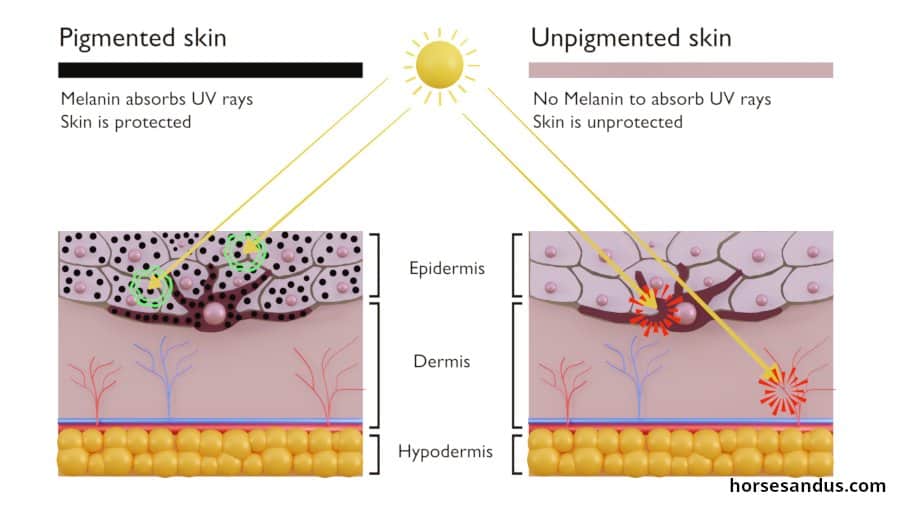
Horse Hair Sun Bleach
- Prolonged exposure to the sun destroys the melanin in the horse’s hair. The result is hair with a bleached or yellowish color. This is especially noticeable in horses with black coats.
- Because hair cells are dead, these bleached hairs remain in this damaged state until new hair, with melanin, grows to replace them.
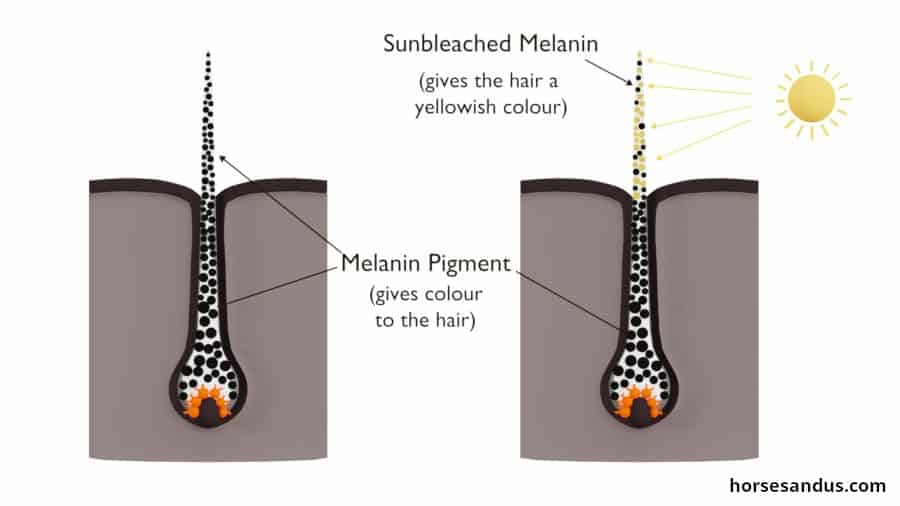
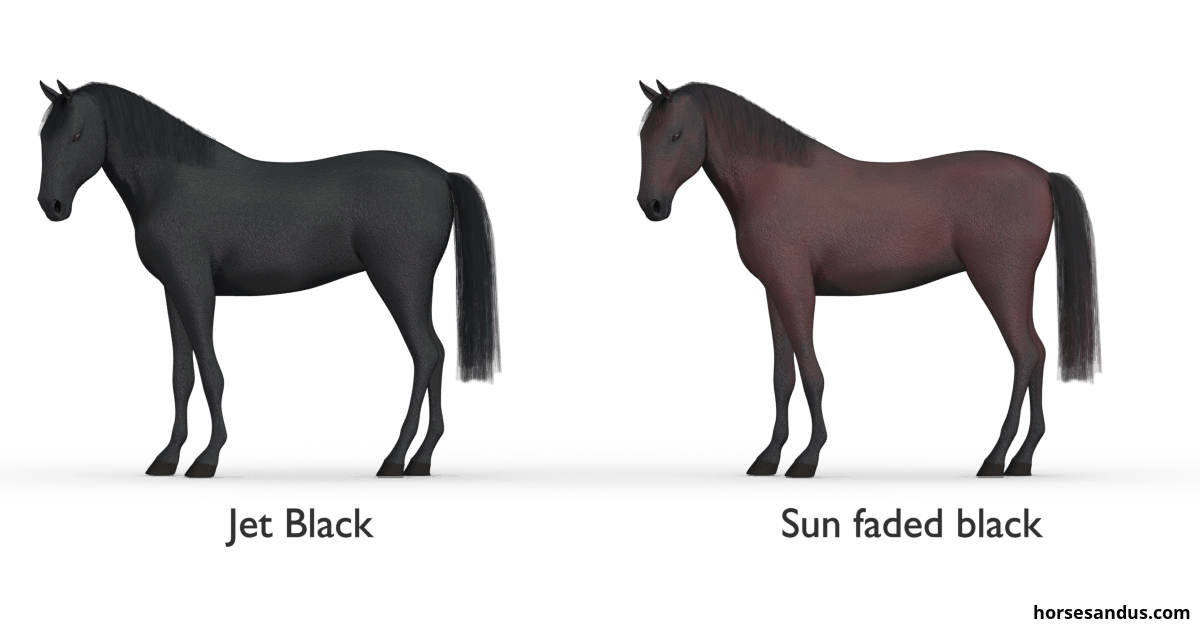
You may want to read this interesting article about why hair gets lighter in the sun.
What Horses Can Wear For Sun Protection
- Using a blanket made of UV protective fabric will serve as a barrier to the dangerous UV sun rays. It protects the unpigmented skin from sunburn and the dark hair from sun bleach.
- A head mask is also essential for protecting the unpigmented skin around the eyes and muzzle.
- A neck cover may also be used to protect the neck from sun rays.
- You may also want to use horse fly boots for additional protection in the lower legs.
- Ideally, the horse should have plenty of shade to escape the sun or be stabled during the hours of more intense sunlight.
Horse Blankets For Insect Protection

During the warmer months of the year and especially in the summer, flying insects come out to bother our horses.
These insects include; horse fly, house fly, stable fly, bot fly, crab fly, midges, ticks and mosquitos.
The effects insects can have on our horses
- Annoyance. Insects that feed on secretions produced by the horses, especially around the eyes and nose, are very annoying and stressful to horses.
- Pain. Some insects bite, which causes pain and triggers agitation in horses.
- Itching and skin problems. For example, sweet itch caused by allergenic substances in the insect’s saliva that are left on the skin when the horse is bitten.
- Diseases which include:
- conjunctivitis caused by eggs that are laid in the eyes
- Lymes disease, West Nile fever, EIA, or Swamp fever are caused by the transmission of viruses and bacteria carried by the insects.
You may find a very informative article about insects and horses here.
What Horses Can Wear For Insect Protection
The best way to protect horses from insects is to prevent exposure to them.
- Use a blanket that can cover the body, neck, tail, and belly. The material should have a mesh that is fine enough to prevent insects from biting through the blanket but perforated enough to allow heat evaporation.
- A head mask with ear coverings is also necessary to protect the eyes and ears.
- A neck cover and tail cover will offer additional protection from insects and avoid severe rubbing and hair loss in the mane and tail.
- Horse fly boots help reduce stomping and stress induced by insects.
- Some blankets may already come impregnated with insect repellent. Others you will need to spray it on. This will avoid the need to apply to the horse’s skin directly.
- Stable the horse during the hours of the day when insects are more active.
Buying the correct sized blanket and knowing how to fit it properly is paramount for the horse’s comfort, safety, and adequate protection from the summer elements.
Most Horses Do Not Need Blankets In The Summer
Except for the reasons mentioned above, horses normally do not need blankets in the summer and should not be wearing them.
Horses have their own natural mechanism to protect themselves from the elements of the hot summer months.
Their skin, together with its associated structures like the hairs, sweat glands, arteries, and muscles, can protect the horse from the UV sun rays, from insects, from infection, and provide for body temperature regulation.
How Horses Protect themselves from the Summer Elements
- The skin itself works as insulation against bacteria and UV rays. It prevents infections and has a pigment barrier called melanin that protects the horse from the UV sun rays.
- The hair (coat) changes twice a year to adapt to different seasonal temperatures. The summer coat hair is short and is shiny, which allows it to reflect the sun.
- Arteries can be enlarged through a muscle action called vasodilation. This dilation allows more blood from the overheated body interior to reach the body surface and be cooled. This blood then returns to the interior parts of the body after it has cooled down.
- When the outside temperature is too hot for the air to cool the blood, the sweat glands come into action by secreting fluid to the body’s surface. The evaporation of this fluid cools the skin surface as well as the blood in the arteries. In this way, the horse can still manage to cool down on hot summer days.
So, in normal conditions horses can handle the hot summer elements without a need for blankets.
Blankets can Impede the horse’s natural cooling Mechanism
In fact, blankets can actually interfere with the horse’s cooling mechanism. Horses depend on sweating to cool down their body temperature, and a blanket will impede this to happen effectively. The blanket will prevent the air from passing over the horse’s body to evaporate the sweat and cool their body.
Horses should only wear a blanket if they absolutely need it.
